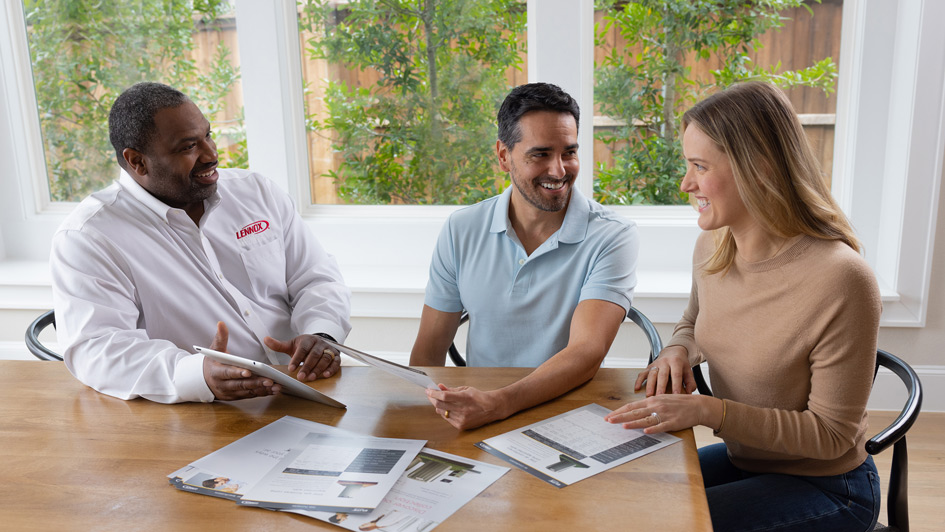
As winter settles in, maintaining a cozy and well-insulated home is a top priority. However, the focus on warmth should not overshadow the importance of indoor air quality. This blog post delves into the realm of ventilation upgrades, exploring how strategic improvements can contribute to a healthier indoor environment during the winter months. From the science behind ventilation to practical upgrades, let’s uncover the nuances of ensuring fresh and clean air while keeping the winter chill at bay.
The Winter Indoor Air Quality Challenge
Winter brings with it a tendency to seal homes tightly to conserve heat. While this is efficient for energy retention, it can lead to a buildup of pollutants indoors. Common culprits include dust, pet dander, and volatile organic compounds (VOCs) from household products. Proper ventilation becomes essential to mitigate these issues and maintain a healthy living space.
Understanding Ventilation in Winter
Ventilation is the process of exchanging indoor air with fresh outdoor air to maintain air quality. In winter, traditional ventilation methods, such as opening windows, might seem counterintuitive due to the desire to keep the cold air out. However, strategic ventilation upgrades offer a balanced solution, ensuring the introduction of fresh air without compromising on warmth.
Balanced Ventilation Systems
Upgrading to a balanced ventilation system is a key step in addressing winter indoor air quality. These systems simultaneously expel stale indoor air and introduce fresh outdoor air, maintaining a harmonious balance. Heat recovery ventilators (HRVs) and energy recovery ventilators (ERVs) are examples of systems that optimize ventilation without sacrificing energy efficiency.
Heat Recovery Ventilators (HRVs)
HRVs are designed to extract heat from outgoing stale air and transfer it to the incoming fresh air. This process ensures that the fresh air introduced is pre-warmed, minimizing the impact on indoor temperatures. HRVs are particularly effective in colder climates where winter temperatures are more extreme.
Energy Recovery Ventilators (ERVs)
ERVs share similarities with HRVs but go a step further by not only transferring heat but also moisture. In winter, when indoor air tends to be drier due to heating systems, ERVs help maintain optimal humidity levels. This is crucial for both comfort and respiratory health during the colder months.
Smart Ventilation Controls
Incorporating smart ventilation controls allows homeowners to optimize air exchange based on real-time conditions. These controls can be programmed to increase ventilation during periods when indoor activities or pollutant levels are higher. Smart ventilation ensures efficiency and responsiveness to the specific needs of the home.
Air Purification Technologies
Ventilation upgrades can be complemented by air purification technologies. Installing air purifiers with HEPA filters or UV-C light systems can help capture and eliminate airborne particles, including viruses and bacteria. These additions enhance the overall indoor air quality, especially in winter when windows may remain closed.
Routine Maintenance for Ventilation Systems
Regular maintenance is crucial to the effectiveness of ventilation systems. Filters should be cleaned or replaced, and the entire system should be inspected for any issues. Routine maintenance ensures that ventilation upgrades operate at peak efficiency, promoting a healthier indoor environment.
Winter Ventilation Tips for Homeowners
Homeowners can take proactive steps to enhance ventilation during winter. Simple practices such as using kitchen and bathroom exhaust fans, avoiding the use of harmful cleaning products, and periodically ventilating the home by opening windows on milder days contribute to a healthier indoor atmosphere.
Long-Term Benefits of Ventilation Upgrades
Investing in ventilation upgrades not only addresses immediate winter air quality concerns but also yields long-term benefits. A well-ventilated home supports respiratory health, reduces the risk of indoor pollutants, and fosters an overall sense of well-being. As we prioritize warmth during winter, let’s not forget the fundamental connection between indoor air quality and our health.
Conclusion
Ventilation upgrades in winter are a strategic investment in both comfort and well-being. By embracing balanced ventilation systems, incorporating smart controls, and considering air purification technologies, homeowners can create a living space that is not only warm but also consistently filled with fresh and clean air. As we navigate the colder months, let’s prioritize the health of our indoor environments, recognizing that a breath of fresh air is essential even when winter’s chill is at its peak. Speak to your HVAC technician to find out more.